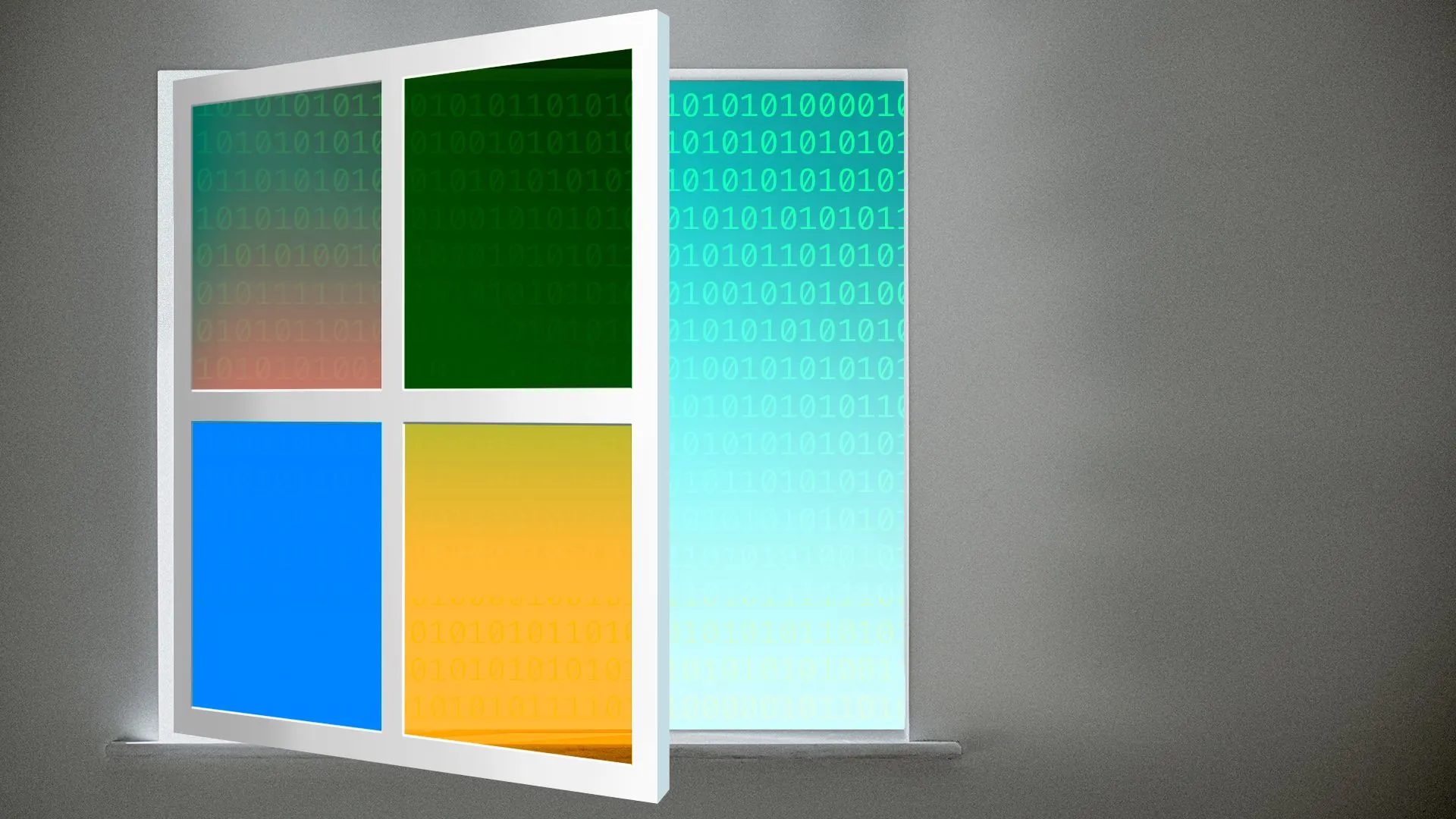
Microsoft’s New Phi-3 AI Model Can Run on Smartphones
Microsoft has just introduced Phi-3, its latest open-source small language model designed to revolutionize the capabilities of compact AI models, Axios reports.

The release demonstrates that smaller models can effectively handle tasks previously believed to require much larger, more complex models.
Phi-3 is a versatile language model that offers several advantages over its larger counterparts. Not only does it consume less computing power, but it also boasts enhanced performance and privacy features.
Most notably, Phi-3 can operate on a variety of devices, including smartphones and laptops, making it a highly accessible and versatile solution for developers and users alike.
Microsoft is wasting no time in making Phi-3 widely available. The company is incorporating Phi-3 into its Azure model gallery, while also releasing it on prominent open-source platforms such as Hugging Face and Ollama.
The initial release of Phi-3 features Phi-3 mini, a compact version of the model trained on 3.8 billion parameters. Microsoft has also teased the upcoming launch of two additional versions: Phi-3 small, trained on 7 billion parameters, and Phi-3 medium, the largest variant trained on 14 billion parameters.

Despite their compact size by today’s standards, these models are expected to deliver impressive performance and outperform similar-sized models, thanks to the high-quality data on which they are trained.
While Phi-3 is not intended to replace large language models, it offers a viable alternative for scenarios where large models may not be feasible or practical.
According to Sébastien Bubeck, Microsoft’s VP, Phi-3 is particularly well-suited for applications where speed, cost-efficiency, and accessibility are paramount

